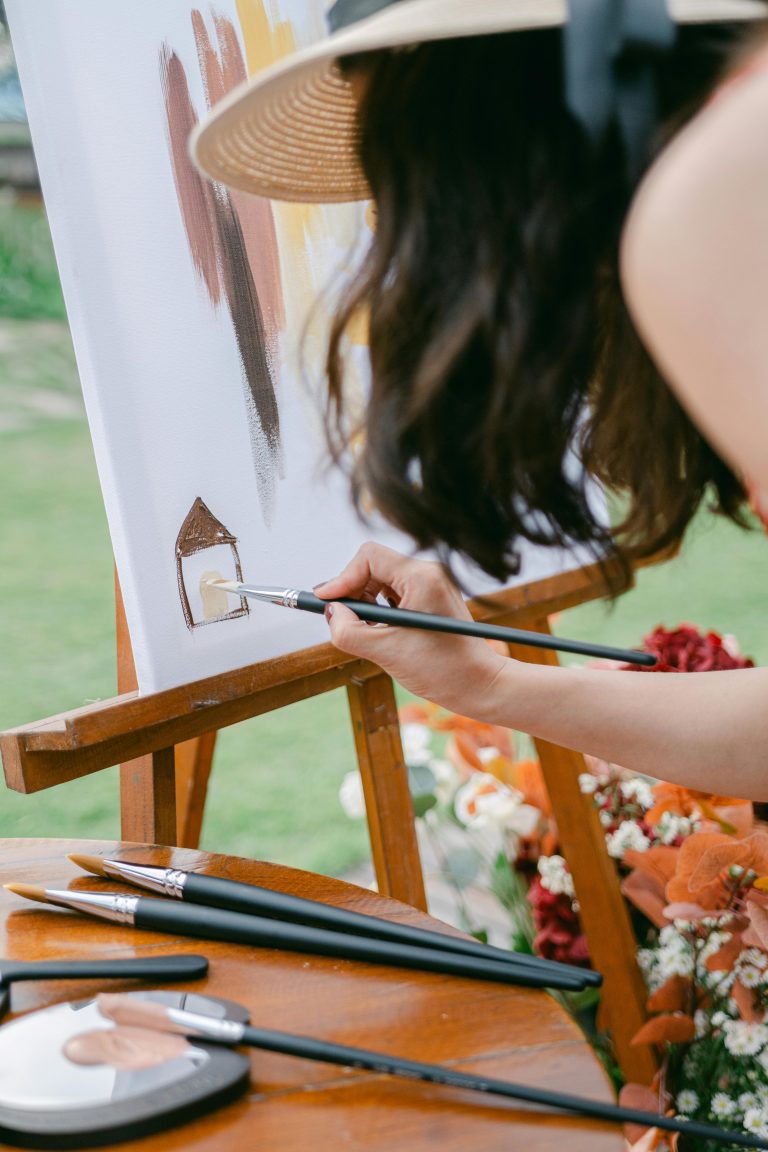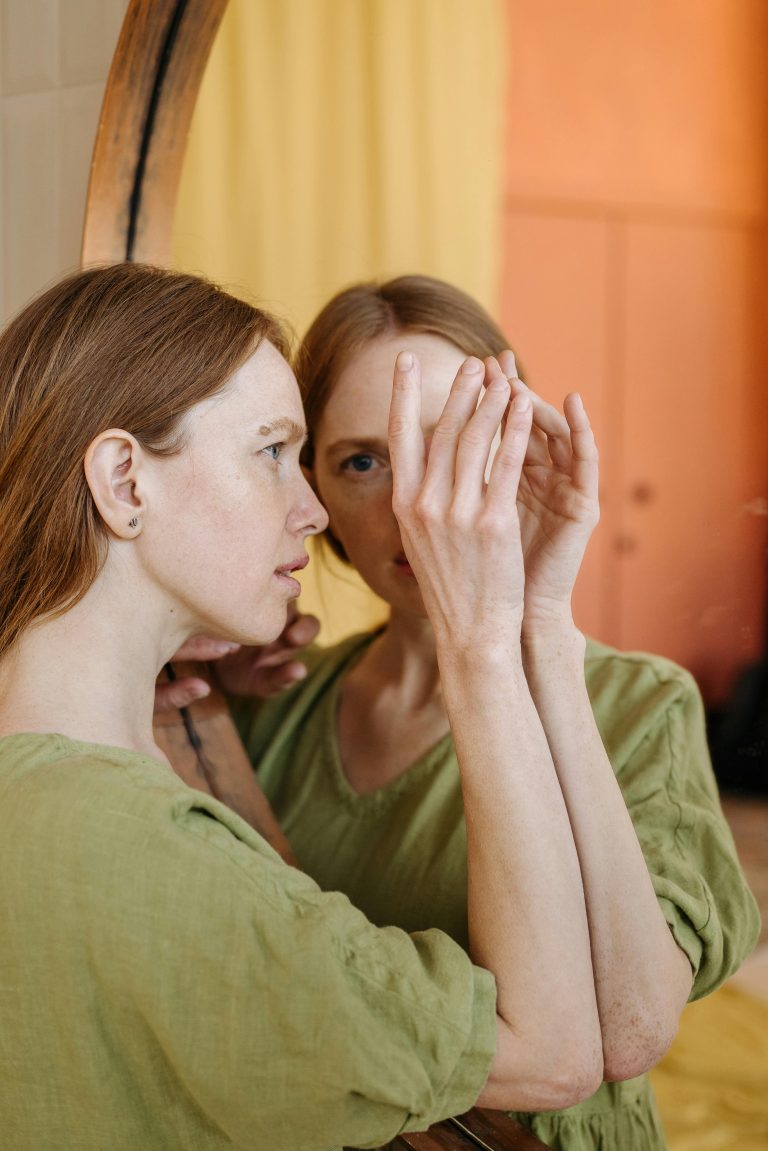When Putting Yourself Out There Isn’t Working: What To Do Next
“Just put yourself out there”, they said. But you’re still struggling to make friends or find meaningful connections.
It sounds so simple, doesn’t it? Just show up, be yourself, and connections will naturally form.
But what happens when you’ve been doing exactly that (attending events, joining clubs, striking up conversations with strangers) and still find yourself without the meaningful connections you’re seeking? What if you’ve been putting yourself out there consistently, but it just isn’t working?
This frustration is something I hear about frequently. You’re doing everything “right,” following all the standard advice, yet the results don’t match the effort you’re putting in. The isolation begins to feel even more painful because now it comes with a side of rejection and confusion.
Why “Just Putting Yourself Out There” Sometimes Fails
Let’s understand why the standard advice might not be working for you.
The Quality vs. Quantity Problem
Many people approach socializing with a focus on quantity: attend more events, meet more people, cast a wider net. But research in social psychology suggests that meaningful connections are more about quality than quantity.
You might be putting yourself in social situations that aren’t conducive to the type of connections you’re actually seeking. Large networking events or loud parties might yield many surface-level interactions but few opportunities for deeper connection.
The Compatibility Factor
Not every social group or environment will be right for you, and that’s perfectly okay. Just as we have different tastes in music, food, and entertainment, we also have different social preferences and connection styles.
According to research on friendship formation, similarity and proximity are key factors in developing relationships. If you’re consistently in environments where people don’t share your values, interests, or communication style, connections will be more difficult to form regardless of how “out there” you put yourself.
The Depth of Engagement
Simply being physically present at social events isn’t always enough. The quality of your engagement matters significantly. Research found that it takes approximately 50 hours of time together to move from acquaintance to casual friend, and much more to become close friends.
If your social interactions are sporadic or shallow, they might not be crossing the threshold needed for meaningful connection.
External Factors Beyond Your Control
Sometimes the issue isn’t your approach at all, but external circumstances:
- living in a transient community where people frequently move away;
- being in a life stage different from those around you;
- geographic limitations that restrict social opportunities;
- post-pandemic social dynamics that have altered how people connect.
Signs That Your Current Approach Isn’t Working
How do you know if you need to rethink your strategy? Here are some indicators:
- you consistently feel drained rather than energized after social events;
- you’ve attended numerous gatherings but rarely receive follow-up invitations;
- conversations tend to stay surface-level despite your attempts to deepen them;
- you find yourself forcing interest in activities just to have social opportunities;
- you’ve been consistent in your efforts for several months with little to show for it.
If this resonates with you, it might be time to try a different approach.
Beyond “Putting Yourself Out There”: Alternative Strategies
If the traditional advice isn’t yielding results, here are some alternative approaches to consider:
1. Focus on Recurring Environments Rather Than One-Off Events
One-time events rarely provide the repeated exposure necessary for friendship formation. Instead, prioritize recurring environments where you’ll naturally see the same people over time:
- weekly classes (cooking, art, language, fitness);
- volunteer positions with regular schedules;
- coworking spaces if you work remotely;
- religious or spiritual communities if that aligns with your beliefs;
- recurring game nights or hobby meetups.
2. Develop a Connection-Fostering Mindset
Sometimes our internal approach needs adjustment. Consider these mindset shifts:
From Outcome to Process
Instead of focusing on “making friends” as the goal of each interaction, focus on the process of connecting. Was the conversation enjoyable? Did you learn something new? These smaller wins accumulate over time.
From Finding to Building
Friendship isn’t something you “find” fully formed, it’s something you build gradually through shared experiences and mutual disclosure. This perspective shift can help you appreciate the early stages of connection rather than feeling they’re inadequate.
From Quantity to Depth
Rather than trying to connect with everyone at an event, focus on having one or two more meaningful conversations. Psychological research indicates that self-disclosure accelerates intimacy, so being willing to share more about yourself (appropriately) can fast-track connection.
3. Leverage Technology Strategically
While apps and online platforms shouldn’t replace in-person connection, they can be valuable tools when used intentionally:
- friendship apps like Bumble BFF can help you find people explicitly looking for new connections;
- interest-based platforms like Meetup allow you to find groups organized around specific activities;
- nextdoor or local Facebook groups can connect you with people in your immediate community;
- Discord servers related to your interests provide opportunities for both casual chat and deeper discussion.
The key is to use these platforms as bridges to real-world connection, not substitutes for it.
If you want to talk to someone online, you can also book a call with me (Addie). Find out more about this here.
4. Create What You Can’t Find
If you’ve been struggling to find the right social environments, consider creating them yourself:
- start a small book club and invite acquaintances and their friends;
- organize a regular game night or movie discussion group;
- create a walking group in your neighborhood;
- start a “trying new restaurants” club where the venue changes monthly.
By becoming the organizer, you position yourself at the center of a potential social network and attract people with similar interests.
5. Enhance Your Connection Skills
Sometimes small adjustments in how we interact can make a significant difference:
Active Listening
People are drawn to those who make them feel heard. Practice active listening techniques:
- ssk follow-up questions about what the person has shared;
- reference details they’ve mentioned previously;
- minimize distractions when someone is speaking to you.
Vulnerability Calibration
Sharing personal information builds closeness, but timing matters. Research on interpersonal closeness suggests gradually increasing self-disclosure rather than oversharing too soon.
Share something slightly personal and see if the other person reciprocates before moving to deeper topics.
Follow-Up Consistency
Don’t wait for others to initiate plans. If you enjoyed someone’s company, reach out within a few days to suggest another meeting. Research shows that responsiveness is a key factor in relationship development.
Addressing Specific Challenges
For Students
If you’re a student, you have unique opportunities but also challenges:
- class-based study groups can transform academic necessity into friendship opportunity;
- teaching assistantships or campus jobs put you in regular contact with others;
- office hours with professors can lead to mentorship and professional connections;
- student housing communities often have built-in social programming.
For Remote Workers
Working from home can significantly reduce natural social opportunities:
- join coworking spaces even just 1-2 days a week;
- attend industry meetups and professional development events;
- schedule virtual coffee chats with colleagues and turn on your camera;
- take laptop-friendly work to cafés where you might become a regular.
This last category is my favorite kind of place to work from. I thrive in the hustle and bustle of busy environments like cafés. At first, I don’t know anyone. But after a few days, I start recognizing familiar faces, people I “know” just from being in the same space. Eventually, it feels awkward not to say hello. That simple greeting leads to conversations: we ask about each other’s work, why we like the place, and just like that, connections start to form.
For Those in Transitional Periods
Life transitions (post-graduation, post-relocation, post-breakup) often come with social disruption:
- alumni networks can provide both professional and social connections;
- newcomer groups specifically welcome people new to an area;
- life stage-specific communities (new parents, newly single, etc.) connect people in similar situations.
When to Seek Additional Support
Sometimes persistent difficulty connecting can be related to underlying factors that benefit from professional support:
- social anxiety that interferes with your ability to engage comfortably;
- depression that affects your energy and interest in social activities;
- undiagnosed neurodivergence that impacts social communication;
- attachment patterns from childhood affecting adult relationships.
If you suspect any of these might be relevant to your experience, speaking with a mental health professional can provide personalized strategies.
The Patience Paradox
Here’s a truth that’s rarely acknowledged in discussions about building connections: the more you need friendship, the more difficult it can be to form naturally.
When we’re feeling isolated, we tend to approach social situations with greater urgency and higher expectations, which can paradoxically make connection more difficult. This creates the “patience paradox”. You need to be patient and allow connections to develop organically, precisely when patience feels most difficult.
Some strategies to navigate this paradox:
- diversify your social portfolio: don’t put all your connection hopes in one setting or group;
- create meaningful solo routines: develop fulfilling activities you enjoy alone to reduce the pressure on social interactions;
- recognize incremental progress: appreciate small steps forward like brief positive exchanges or feeling more comfortable in group settings.
Moving Forward: Your Action Plan
If you’re in that difficult place of putting yourself out there without seeing results, know that it’s not a reflection of your worth or likability. Connection is complex, influenced by countless factors beyond our control. But with persistence, strategic adjustments, and self-compassion, meaningful relationships are possible.
If you’re ready to try a different approach, here’s a simple framework to get started:
- Evaluate: reflect on past social experiences. Which environments felt most comfortable? Where did conversation flow most naturally?
- Experiment: based on your evaluation, choose 2-3 new approaches from this article to try consistently for the next month.
- Engage: commit to regular participation in your chosen settings, focusing on process rather than outcomes.
- Extend: when you feel even a slight connection with someone, take the initiative to suggest another meeting.
- Expect: anticipate that meaningful connections will take time – often months rather than days or weeks.
Remember that friendship formation isn’t linear. You might experience periods of progress followed by setbacks. This is normal and part of the process for everyone, even those who appear socially successful from the outside.
Have you experienced frustration with “putting yourself out there” without results? What alternative approaches have worked for you? Tell me more: addie {at} anonymousfriend.co 📩




